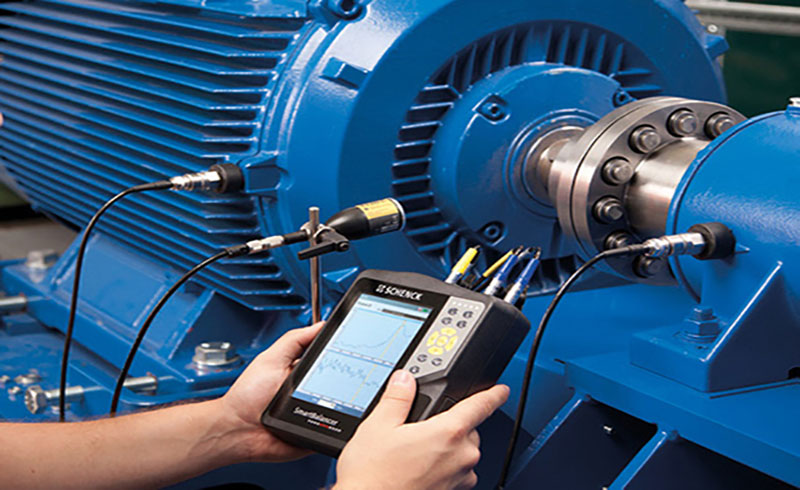Predicting imminent motor failures requires knowledge, experience, and as many “tools” as are feasible to use. The more tools a technician has and uses properly, the more likely it is that he or she will be able to predict the health and longevity of the assets in use. Motor monitoring has become a vital tool with two facets that must be considered and fully utilized to obtain a successful diagnosis of the motor’s condition: offline testing and online monitoring.
The motor itself has numerous components, including copper winding wire, insulation systems, bearings, and other mechanical and electrical features that must be tested and trended. The insulation system consists of the very thin insulation manufactured onto the winding or magnet wire and the ground-wall insulation that protects the magnet wire in the slots. Off-line testing equipment can effectively assess the condition of these insulation systems, and when the data is properly trended, it will aid in predicting the motor’s ability to remain in service and whether and when repairs and/or adjustments may be indicated.
An effective offline test should consist of winding resistance, meg-ohm, high-potential, or step-voltage tests and surge tests. Winding resistance can locate shorted turns, open leads, and phase imbalance issues. The meg-ohm test will identify grounded and contaminated windings. The high-potential test looks for poor ground-wall insulation, and the surge test locates turn-to-turn or copper-to-copper weaknesses. It should be noted that the surge test is the only test that can identify weakness in the turn insulation long before such weakness becomes a hard-welded fault that will result in rapid winding failure.
Online equipment has become the tool of choice for many maintenance personnel, as it is safe, quick, and not intrusive, and it provides an enormous amount of information in one report. Online testers can locate electrical problems and many mechanical issues that might otherwise go undiagnosed. Often motors fail and are repaired or replaced and returned to service without determining the “root cause” of the failure. Online equipment can identify subtle issues with power quality such as harmonics, low or high voltage, and voltage unbalance situations. Rotor bar problems, bearing issues, misalignment and many other problem areas also can be identified. All of these can affect motor efficiency
In this regard, Center of Electrical Machines Testing and Monitoring (Cemtm), in cooperation with academic professors and industry experts, has provided testing and monitoring services. The services are as follows:
Motor Current Signature Analysis (MCSA)
Oil Tests
Balancing


